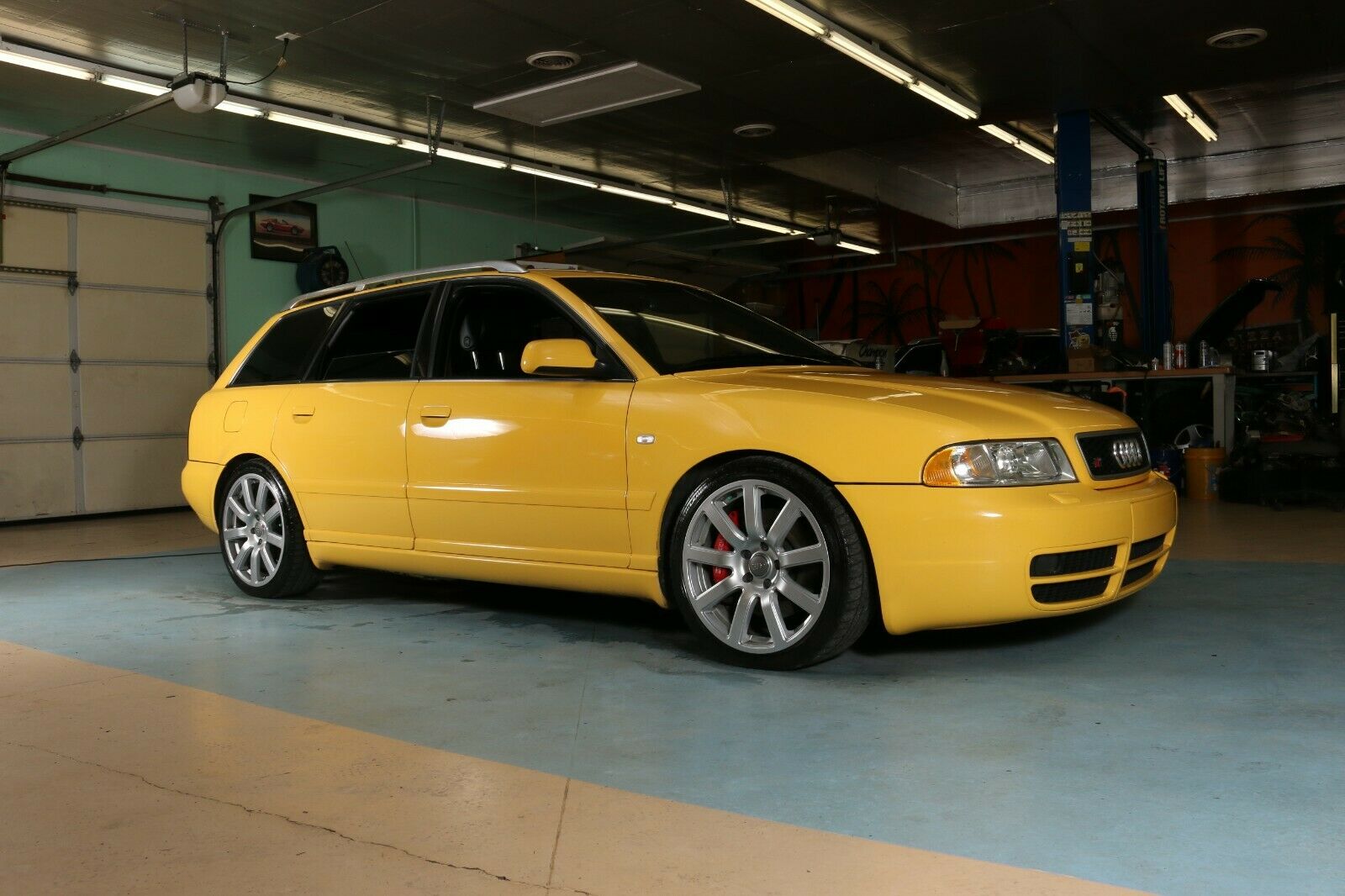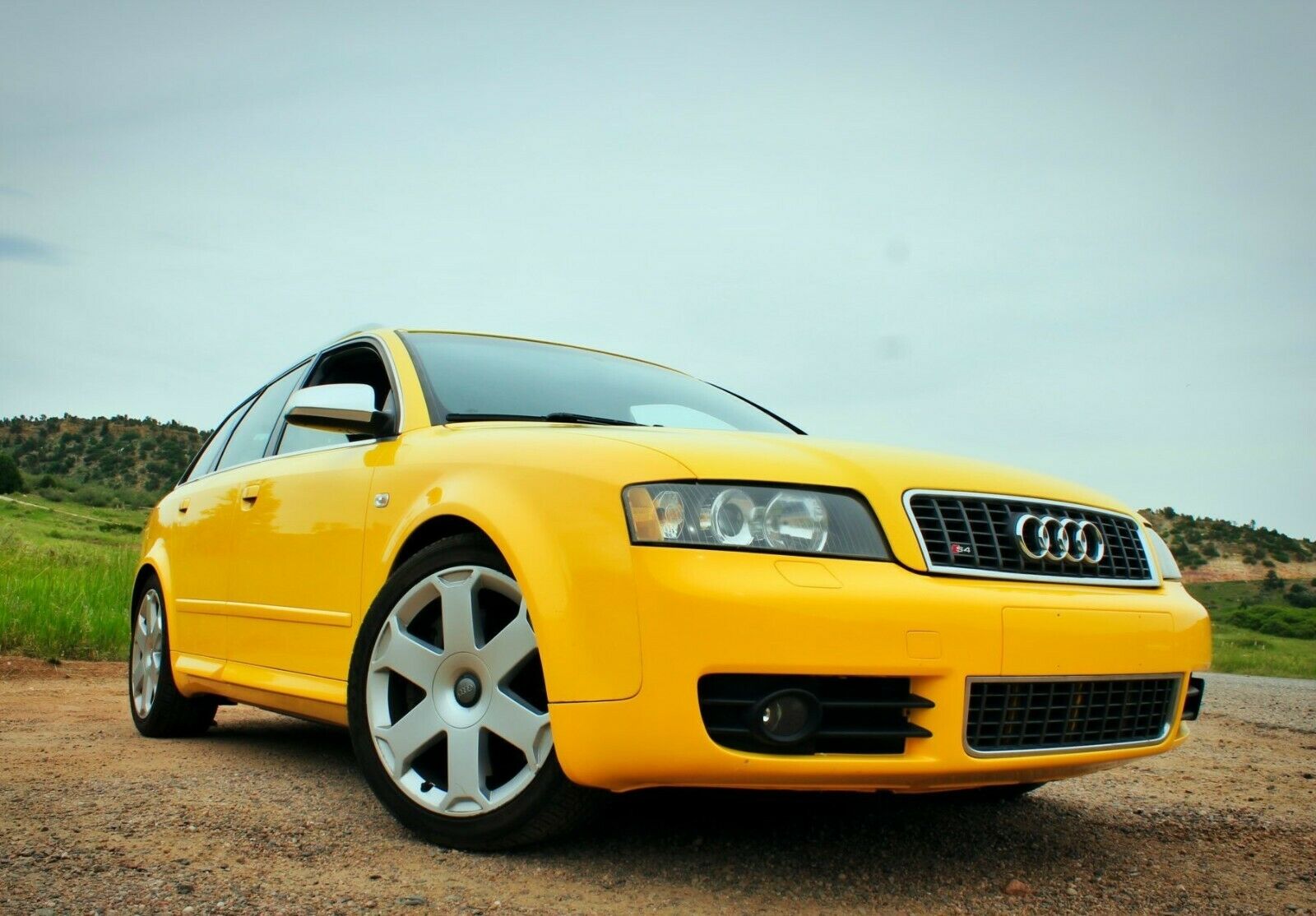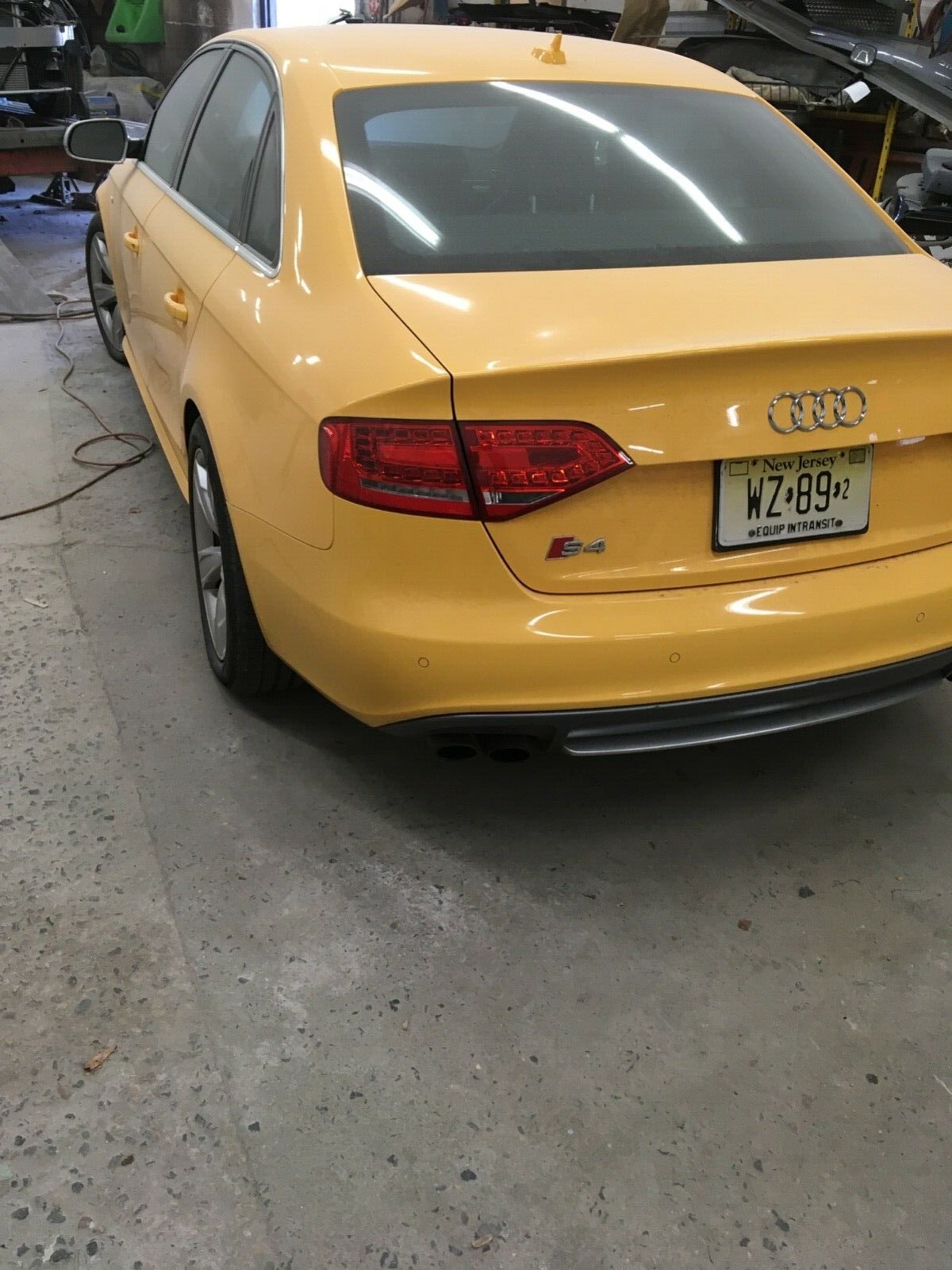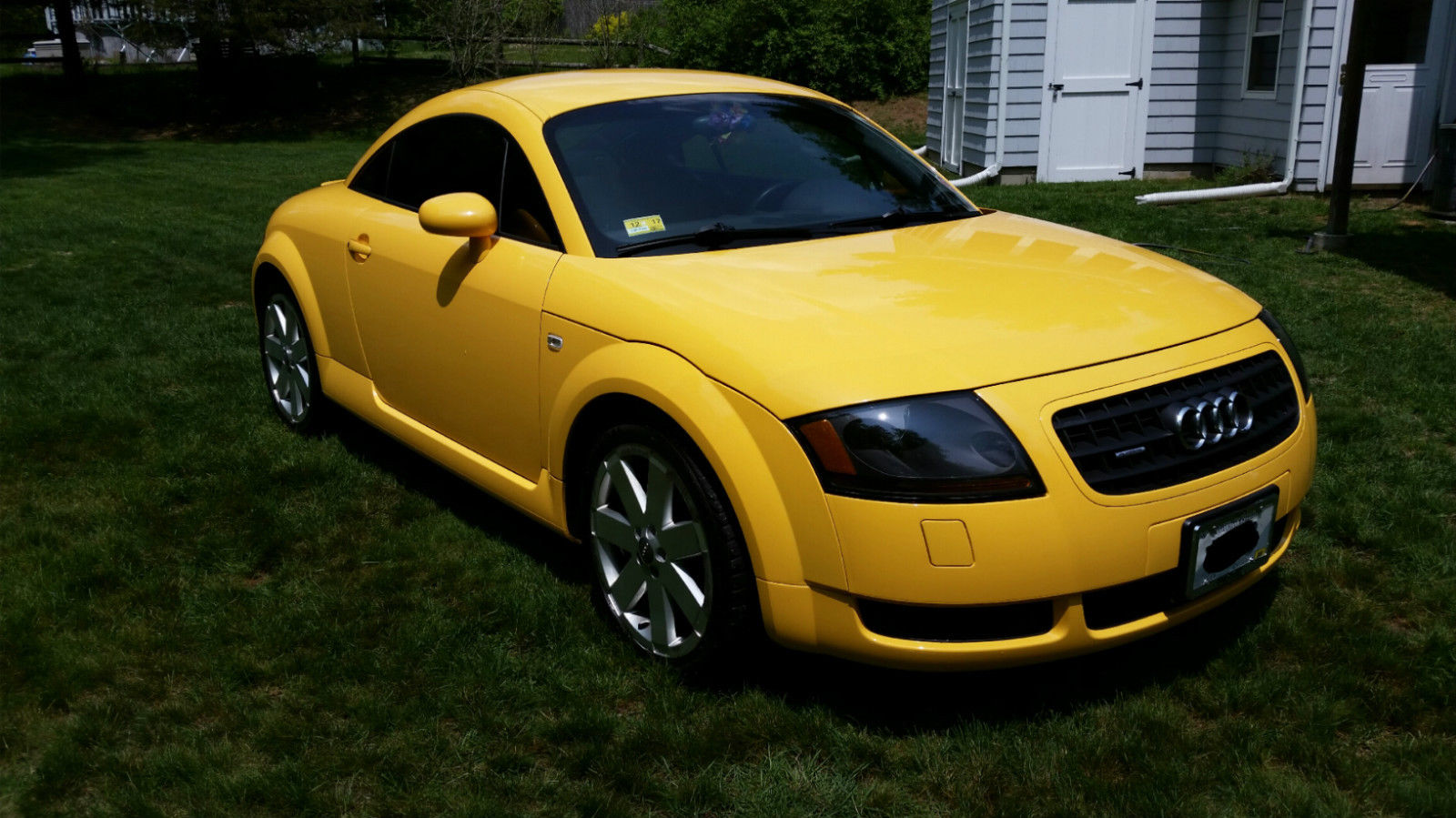Audi brought the S4 Avant to the United States for the first time in 2001. It joined the sedan lineup and offered a follow-up to the large chassis S6 Avant from 1995. This was actually the second S4 Avant, as Europeans had enjoyed the C4-based creation in the early 90s. Audi’s renaming convention therefore created a successor to the B4-based S2 Avant. Instead of the traditional inline-5 motivation, though, Audi had developed a new 2.7 liter version of its V6. With a K03 turbocharger strapped to each side, the APB produced 250 horsepower at 5800 rpms and 258 lb.ft of torque at only 1850 revs. Like all the B5s, Audi’s new generation of quattro used a T2 Torsen center differential and relied upon an electronic rear differential utilizing the ABS sensors. The B5 chassis used the same technology on the front differential as well and was capable of independently braking each front wheel to try to sort the car out through its dynamic stability program.
But the real fun was that it was available as an Avant and with a 6-speed manual. Just over 1,500 were claimed imported between 2001 and 2002 model years, with about 600 of those being Tiptronic equipped. This is one of a claimed 80 Imola Yellow 6-speed manual Avants imported for the model year, and for good measure it’s got quite a few upgrades:









